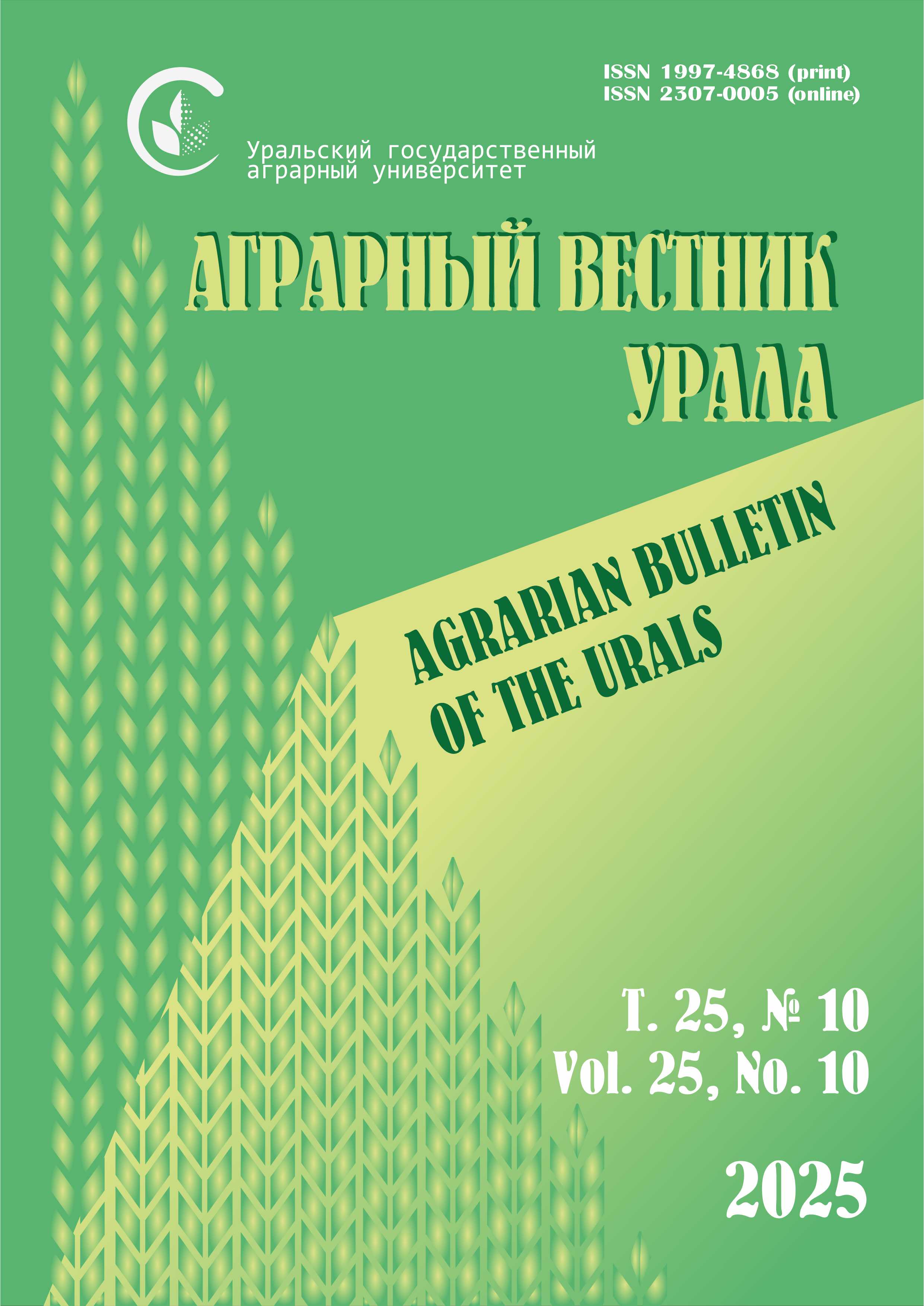Authors:
E. I. Isaeva,
G. L. Yagovenko
The All-Russian Lupine Scientific Research Institute – branch of the Federal Williams Research Center of Forage Production and Agroecology, Bryansk region, settlement Michurinskiy, Russia
E-mail: This email address is being protected from spambots. You need JavaScript enabled to view it.
Abstract. The purpose of this study is to evaluate different ways of lupine cultivation in a crop rotation as a factor for its biologization and soil fertility’s conservation. Scientific novelty. The effect of different techniques of lupine cultivation in a crop rotation on the productivity and soil fertility has been studied in the All-Russian Lupine Scientific Research Institute on the gray forest sandy-loam soil like loam of the Non-Chernozem zone of Bryansk region. Methods. The tests have been done during two contrast periods. The first period, 1999–2003, is the third rotation of two five-field crop rotations “oat – lupine – fodder beet – barley – winter wheat” and “greenmanure fallow – winter wheat – lupine – fodder beet – barley”. The second one, 2010 – 2015, is the second rotation of two six-field crop rotations “spring rape – lupine – barley – winter rape – lupine – spring wheat” and “green manure fallow – winter triticale – lupine – spring wheat – spring rape – barley”. Results. It was revealed that the inclusion of lupine green manure field together with lupine field for grain provided the stability and the average crop productivity increase in time as in the complete absence of chemical load from 43.6 t/ha to 44.4 t/ha in 1999–2003, and from 12.9 t/ha to 13.9 t/ha in 2010–2015. Lupine use for the green-manured fallow in a crop rotation contributes to the stability of soil fertility. The humus content increased by 0.08 % both in 1999–2003 and in 2010–2015 by 0.08 %; it occurs at alternative crop cultivation technology which is completely chemicals free when there is a possibility to observe direct action of the crop rotation itself. It is confirmed by a positive balance from 0.06 t/ha at the minimal level of chemicals’ use to 0.15 t/ha at intensive chemicals’ use per a hectare of the crop rotation area.
Keywords: crop rotation, fertilizer, green manuring, lupine, fertility, yield
For citation: Isaeva E. I., Yagovenko G. L. The lupine field as a method of biologization crop rotation and the base for fertility. Agrarian Bulletin of the Urals. 2024; 24 (02): 163‒171. https://doi.org/10.32417/1997-4868-2024-24- 02-163-171.
Download the full text of the article












